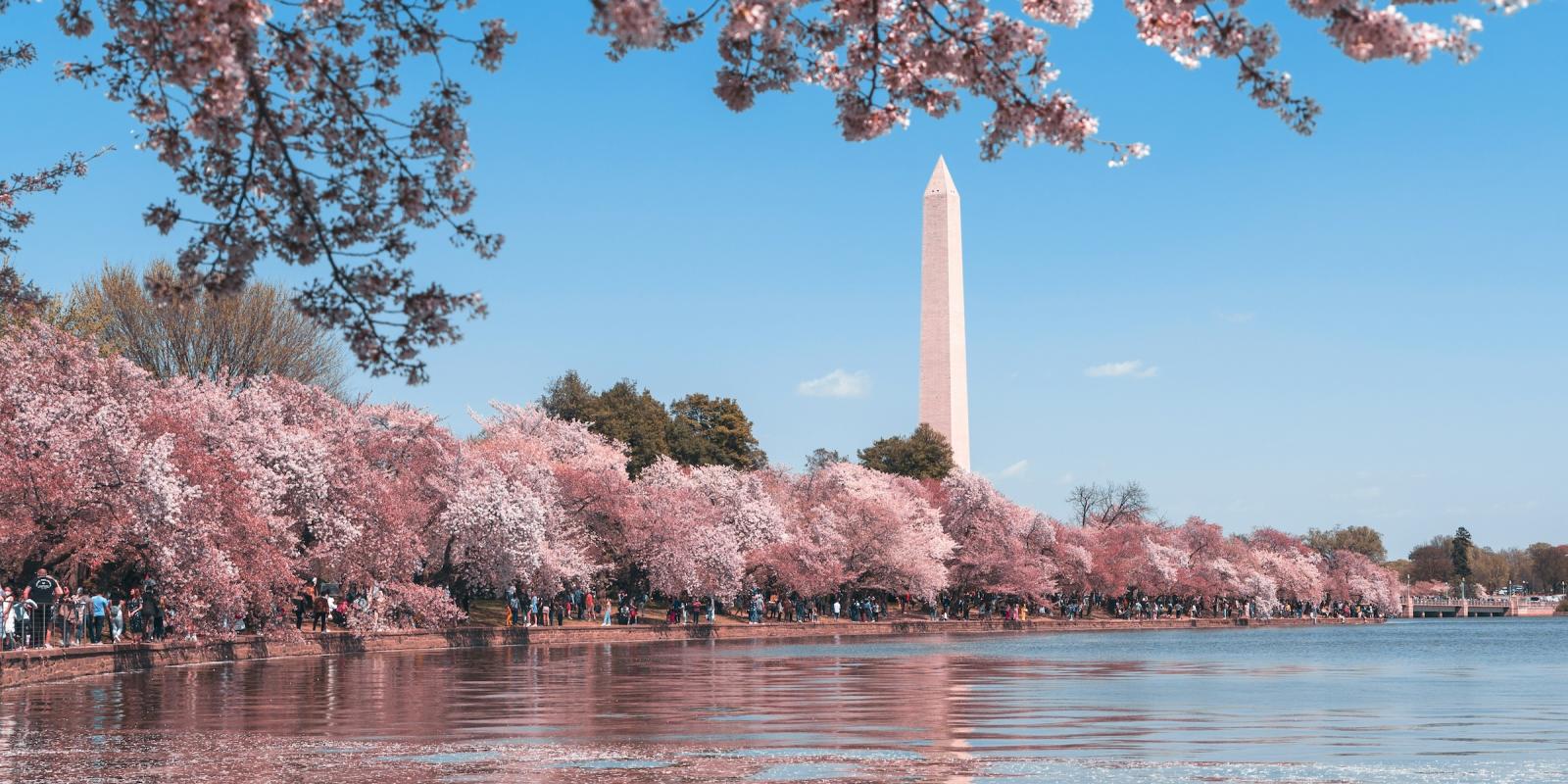On Friday, January 27, 1950, Mary Church Terrell met three friends for a late lunch in downtown Washington. Terrell, then 86, entered Thompson’s Restaurant on 14th Street NW around 2:45 pm with Rev. William H. Jernigan, Geneva Brown and David Scull. Their party was integrated – Scull was white while the others were black – however, Thompson’s Restaurant was not. Like most other D.C. eating establishments at the time, it was whites only.
As the group went about selecting entrees along the cafeteria line, Manager Levin Ange emerged and informed them that Thompson’s did not serve “colored” people. Terrell clarified, “Do you mean to tell me that you are not going to serve me?” When Ange confirmed that was the case, the group left the restaurant.
The chain of events was, of course, entirely expected. As a leader of Washington’s civil rights movement for half a century, Mary Church Terrell was well aware of Thompson’s policy. But she and the others didn’t go to the restaurant to be served. Rather they went with the expectation of being turned away – the necessary, if also demeaning, first step toward bringing a new sort of legal challenge, which they hoped would topple segregation in the nation’s capital.
